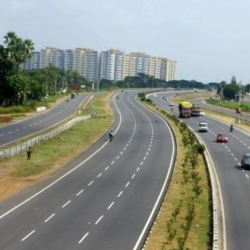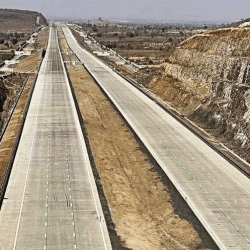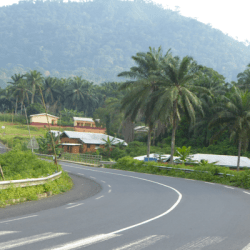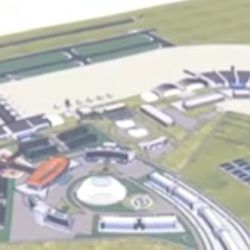The Adama-Awash Expressway is a 125-kilometer road project designed to improve connectivity between the cities of Adama and Awash. The project is divided into two sections:
- Adama to Midway (60 km): Funded through public borrowing from the African Development Bank (AfDB) and constructed as a toll road.
- Midway to Awash (65 km): Developed through a Public-Private Partnership (PPP) model, allowing private sector investment.
The Ethiopian Roads Authority (ERA) is responsible for overseeing the project in collaboration with the Public Private Partnership Directorate General and other stakeholders.
Key Stakeholders in the Project
Several entities are involved in the planning and execution of this expressway:
- Ethiopian Roads Authority (ERA) – The primary contracting authority managing the project.
- Public-Private Partnership Directorate General – Regulates and facilitates PPP projects in Ethiopia.
- African Development Bank (AfDB) – Providing financial support for the publicly funded section.
- Private Sector Investors – Expected to contribute to the remaining section under a Build-Operate-Transfer (BOT) model.
Project Scope and Objectives
The Adama-Awash Expressway project aims to:
✅ Reduce traffic congestion between Addis Ababa, Adama, and Awash.
✅ Enhance economic activity by improving road connectivity.
✅ Facilitate trade and logistics by offering a faster transport route.
✅ Promote private sector involvement in infrastructure development.
✅ Improve road safety through modern expressway standards.
Financial Structure and Cost Estimation
The estimated total cost of the project is $226 million. The funding sources are structured as follows:
| Section | Length (km) | Funding Source | Investment Type |
|---|---|---|---|
| Adama to Midway | 60 km | African Development Bank (AfDB) | Public (Toll Road) |
| Midway to Awash | 65 km | Private Sector (PPP) | BOT (DBFOM) Model |
The Build-Operate-Transfer (BOT) model ensures that the private sector will finance, build, and operate the expressway for 25-30 years before transferring it back to the government.
Procurement Mode and PPP Structure
The Ethiopian government has opted for competitive bidding to select a private partner for the PPP section of the expressway. The project follows the Build-Operate-Transfer (BOT) model, where the private company will:
🔹 Design the infrastructure
🔹 Build the road according to expressway standards
🔹 Finance the construction and maintenance costs
🔹 Operate the expressway, collecting tolls for cost recovery
🔹 Maintain the road to ensure long-term functionality
🔹 Transfer ownership back to the government after 25-30 years
Benefits of Public-Private Partnerships (PPPs) in Infrastructure Development
PPPs offer several advantages, including:
✔️ Reduced government expenditure by leveraging private investments
✔️ Efficient project execution through private sector expertise
✔️ Improved maintenance and quality assurance
✔️ Job creation during construction and operation phases
✔️ Revenue generation from tolls to sustain the project
Challenges in PPP Implementation
Despite the benefits, PPP projects in Ethiopia face challenges such as:
⚠️ Regulatory and legal barriers for private investors
⚠️ Risk allocation complexities between public and private stakeholders
⚠️ Long approval processes delaying project execution
⚠️ Financial sustainability concerns related to toll collection
Expected Impact on Ethiopia’s Transportation Network
The Adama-Awash Expressway will significantly enhance Ethiopia’s road infrastructure by:
🚗 Reducing travel time between major cities
🚛 Supporting trade and logistics by providing a smoother transportation route
🏗 Encouraging more PPP investments in future infrastructure projects
Sustainability and Environmental Considerations
The project is expected to integrate environmentally sustainable practices, such as:
🌱 Eco-friendly construction materials
🌍 Emission control measures for vehicles
🏞 Wildlife corridors to reduce ecological impact
Expected Timeline and Project Milestones
📅 Feasibility Study: Ongoing
📅 Bidding Process: Expected in the coming months
📅 Construction Start: Within the next 1-2 years
📅 Completion & Operation: Within 5-7 years
International Funding and Support from African Development Bank
The African Development Bank’s involvement demonstrates international confidence in Ethiopia’s infrastructure development. It also sets a precedent for future investments in transportation projects.

Future Prospects for PPP Projects in Ethiopia
Ethiopia is poised to attract more private investors in infrastructure projects, particularly in:
✔️ Road and highway development
✔️ Renewable energy projects
✔️ Airport expansions








